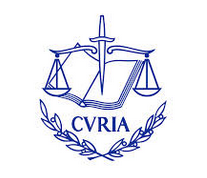History
1957–1993
Co-operation
in international trade negotiations, under the Common Commercial Policy, dates
back to the establishment of the community in 1957.The CFSP itself has its
origins in the formation of European Political Co-operation (EPC) in 1970. EPC
was an informal consultation process between member states on foreign policy
matters, with the aim of creating a common approach to foreign policy issues
and promoting both the EC's own interests and those of the international
community as a whole. This includes promoting international co-operation,
respect for human rights, democracy, and the rule of law.
1993–2009:
pillar system
The weaknesses evident in EPC led to a desire to
strengthen foreign policy. That was consolidated in the Maastricht Treaty
(1993) and established the European Union. While the previously existing
supranational European Economic Community became one of three pillars, two more
pillars were erected. The second CFSP-pillar was based on intergovernmentalism,
which meant unanimity between members in the Council of Ministers and little
influence by the other institutions.The Amsterdam
Treaty created the office of the High Representative for the Common
Foreign and Security Policy to
co-ordinate and represent the EU's foreign policy.
2009–present:
Consolidation
The Treaty of Lisbon (2009) brought an end to the pillar system.
Furthermore, in an effort to ensure greater co-ordination and consistency in EU
foreign policy, the Treaty of Lisbon created a High Representative of the Union
for Foreign Affairs and Security Policy, de facto merging the post of High
Representative for the Common Foreign and Security Policy and European
Commissioner for External Relations and European Neighbourhood Policy. Since
December 2011 the High Representative (HR) is in charge of the European
External Action Service (EEAS), which was also created by the Treaty of Lisbon.
It essentially is intended to be a common Foreign Office or Diplomatic Corps
for the European Union.



Comments
Post a Comment